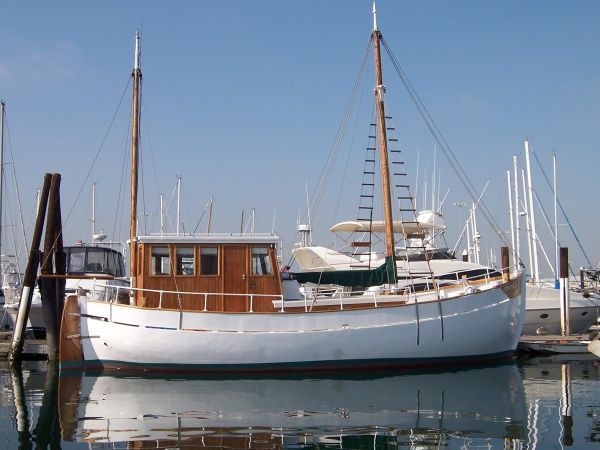

Two new sites of great importance were discovered as recently as 2006, when archaeologists found two adjacent wreck sites prior to dredging works in the River Thames – those of the London, built at Chatham in 1656, and the King, a vessel thought to have foundered during the First Anglo-Dutch War (1652-1654). And whereas the number of historic places of worship is relatively static, the number of known wreck sites is growing all the time what we know now represents just a fraction of the actual number of historic shipwrecks on the seabed.

To put that in perspective, there are 14,500 places of worship in England considered to be of sufficient architectural or historic interest to be included in the National Heritage Register. Shipwrecks, in fact, constitute the largest category of recorded monument, with some 37,000 shipwreck ‘events’ on record, ranging in date from the Bronze Age to the more recent ship and submarine casualties of two World Wars (not to mention dirigibles and aeroplanes lost on the seabed). England’s rocky shores and sandy estuaries are littered with the remains of historic ships and boats.


 0 kommentar(er)
0 kommentar(er)
